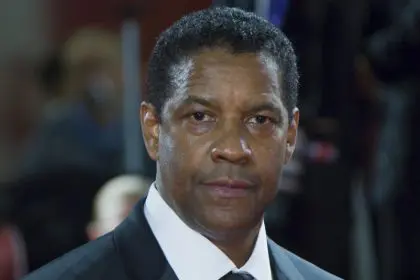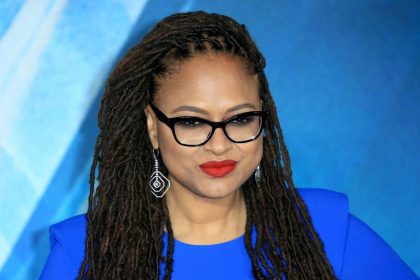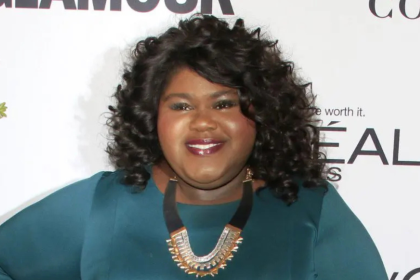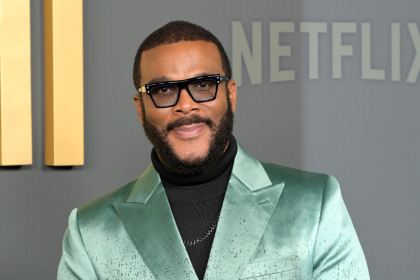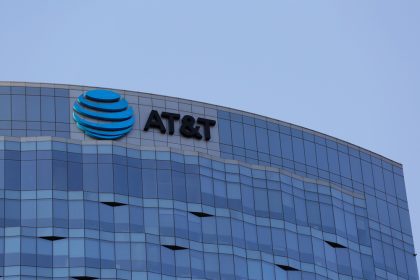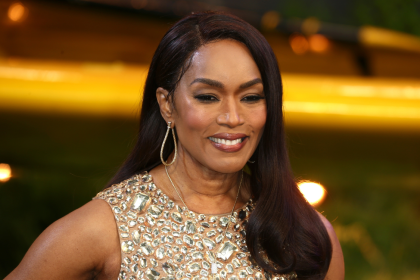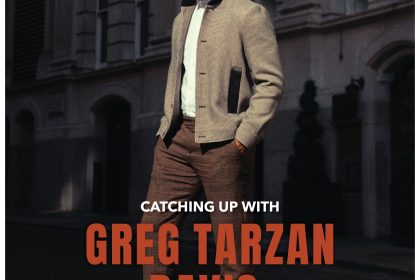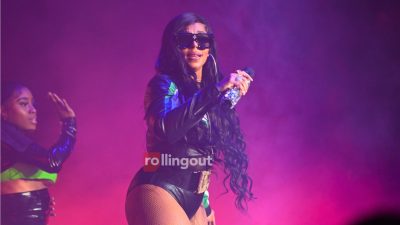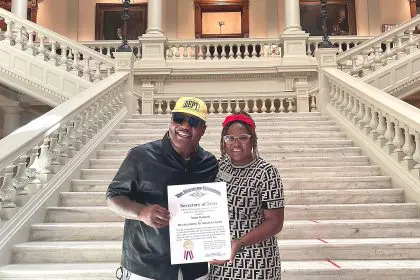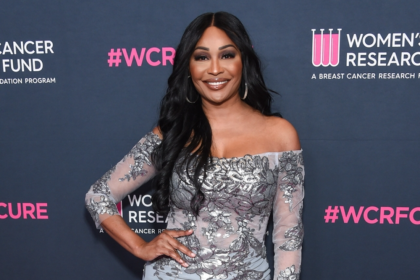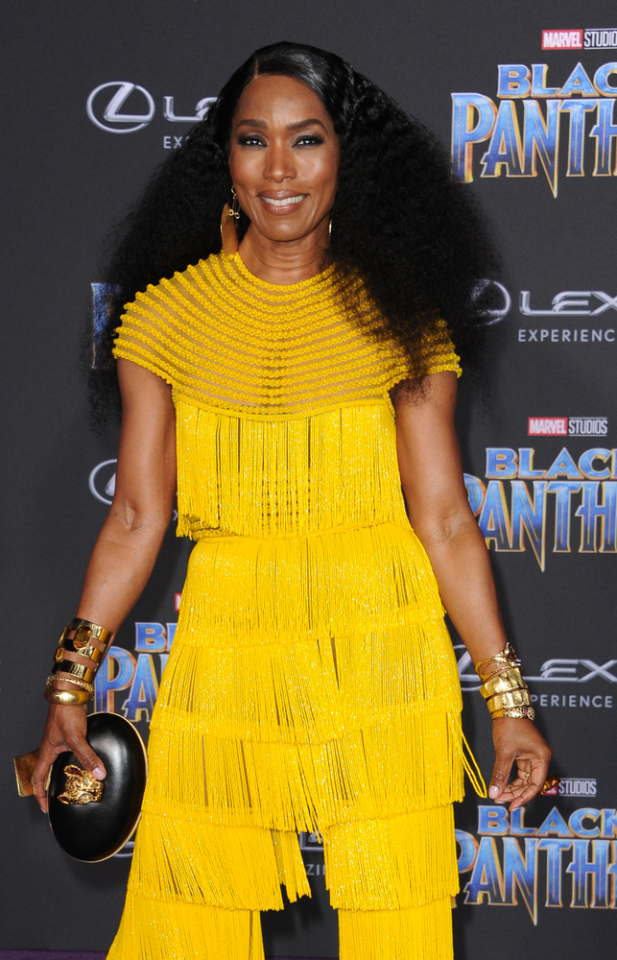
Despite some progress in recent years, women and minorities are still disproportionately underrepresented in the entertainment industry. Movements such as #MeToo and Time’s Up have only magnified the industry’s glaring representation problem. Actress and activist Angela Bassett echoed similar sentiments on the lack of diversity in the entertainment industry during an April keynote on inclusion at the annual Texas Diversity and Leadership Conference in Dallas.
“I like to think of diversity and inclusion as being the first cousins of imagery in representation. But, unfortunately, those concepts don’t always permeate the world, the board room, the red carpet, or Hollywood sets,” said Bassett.
She went on to say that the role of people of all races, ethnicities and cultural backgrounds is paramount in helping shift the attitudes and actions of people.
No stranger to Hollywood, Bassett arrived in LA in 1988, armed with a degree from the Yale School of Drama. Although diversity and inclusion weren’t hot topics during the early years of her career, Bassett said she was “very attuned to the power of imagery.”
In summer 2017 the University of Southern California Annenberg’s Media, Diversity, and Social Change Initiative released their annual report examining inequality on screen and behind the camera. Bassett referenced the study and the inequities found in 900 popular films.
“They found that of the 100 top fictional films – we make those stories up – in 2016, there were roughly a total of 4600 speaking roles. 68.6 percent went to males and 31 percent went to females,” she said.
Bassett went on to share with respect to race and ethnicity – 70 percent of roles were casted with white talent. And 13.6 percent went to Black talent; 5.7 percent to Asian; 3.1 percent to Hispanic/Latina; 3.5 percent to Middle Eastern; 1 percent to Indian/Alaskan/Native/Hawaiian; and 2.7 percent to mixed race.
“Those figures are just a small sampling of the study that revealed, and I quote, ‘How little top grossing movies have changed when it comes to the onscreen prevalence and portrayal of females, underrepresented racial and ethnic groups, the LGBT community, and individuals with disabilities,” she said.
While those numbers signify there’s still much progress to be made on the big screen, Bassett shared with respects to television, there is some hope. Currently, about 75 broadcast pilots (shows audiences potentially get to watch) are now in production, and about a third of them are directed by 19 women, three of whom are Latina.
“Those numbers represent a huge gain for women — especially women of color. Because last year only six out of 70 pilots were directed by women. And none were women of color,” she said. “So, yes, there has been some progress. But, we’ve got to continue the conversation until those numbers are better. And more balanced.”


